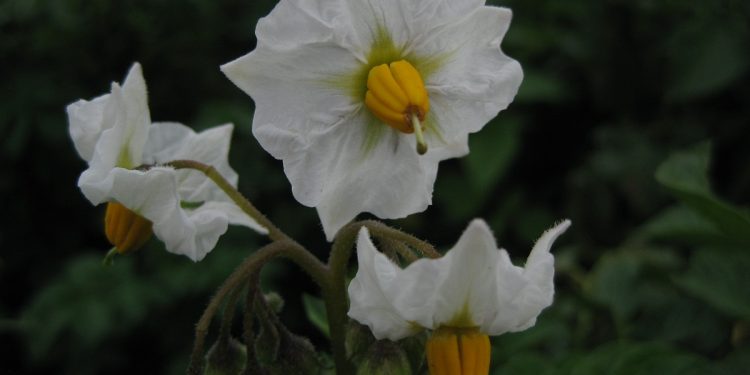What mechanisms are behind the formation of flowers? To answer this question a 25-year-old enigma has just been solved: the role of UFO protein in the flower’s formation process. While its nature suggested that it destroys its partners, this protein is in fact an aid to the birth of a flower when coupled to the LEAFY protein.
This was revealed by the team of François Parcy, CNRS researcher at the Laboratoire physiologie cellulaire et végétale (CNRS/University of Grenoble Alpes/CEA/INRAE)1 in a new study published in Nature Plants on February 2.
Although scientists already knew that LEAFY activated the genes responsible for flower bud formation (by binding to specific chromosome regions) and that it was aided by UFO, this new study has revealed the role UFO plays in allowing LEAFY to access new chromosome regions, which neither element can access alone—when combined they are thus able to activate the genes that are essential for the formation of buds, petals and stamens.
To achieve these results, the scientists combined plant genetic experiments, bioinformatics analyses and protein imaging (cryo-electron microscopy), allowing them to see this process in action. How the LEAFY-UFO pair acts in petunia, gerbera, rice or snapdragon still remains to be discovered.








